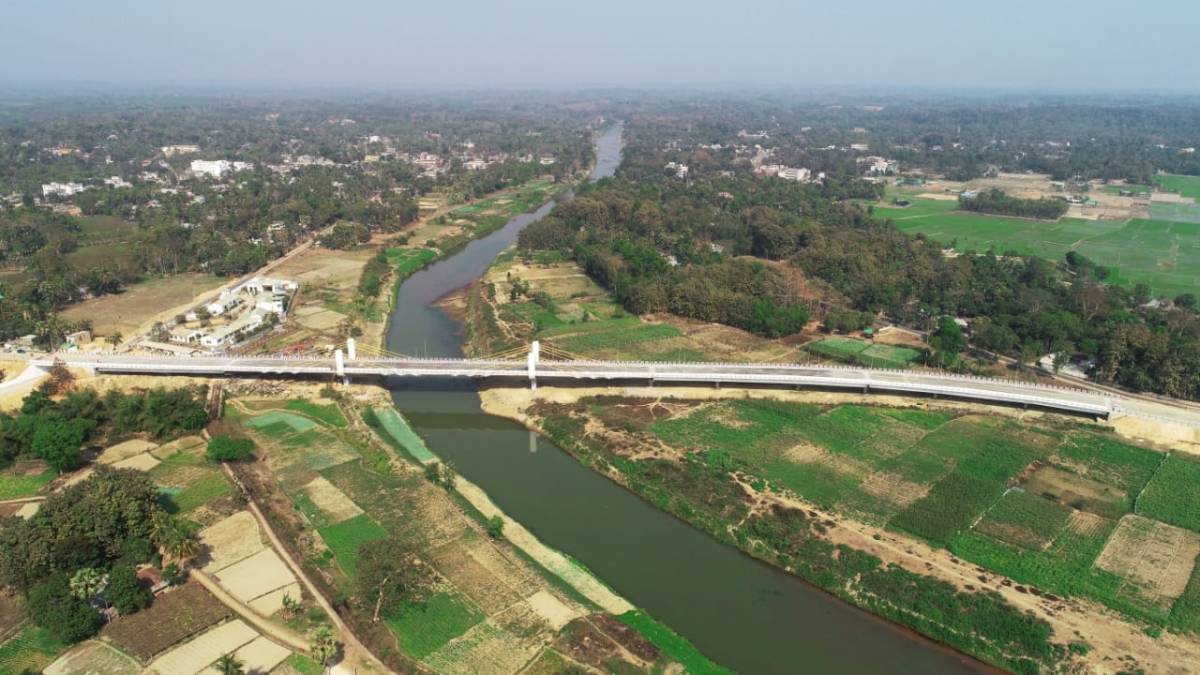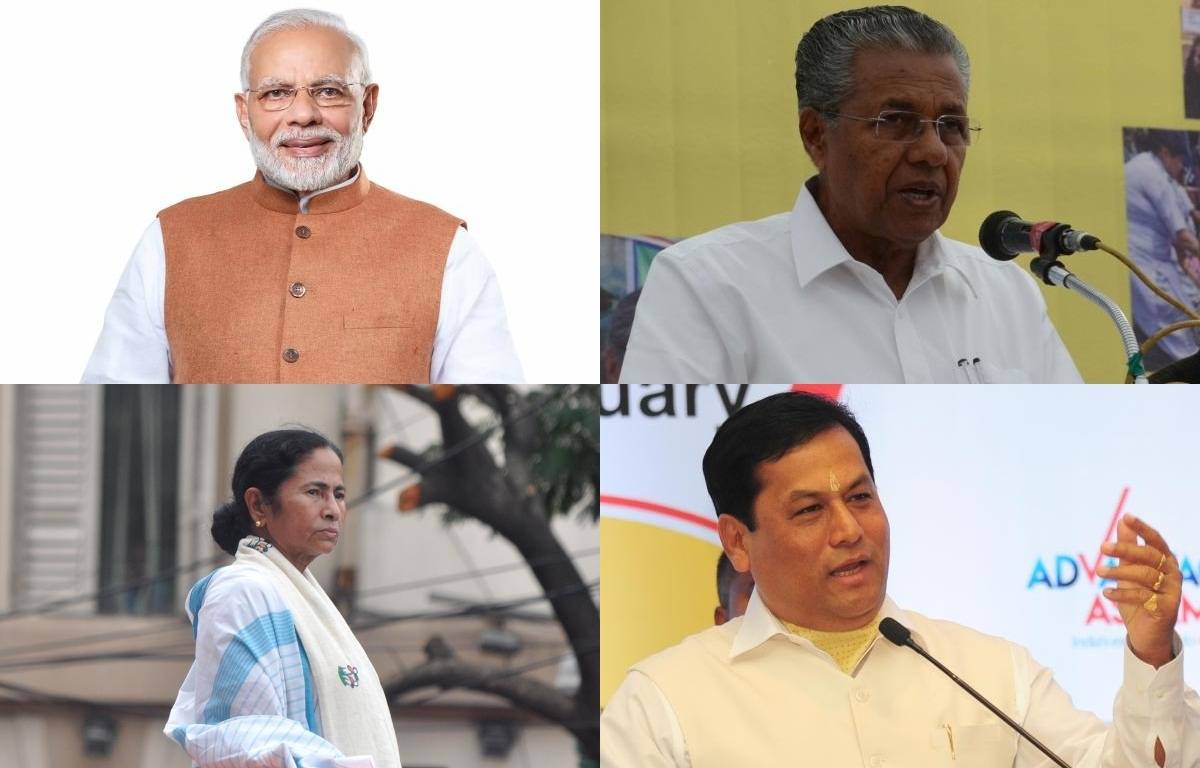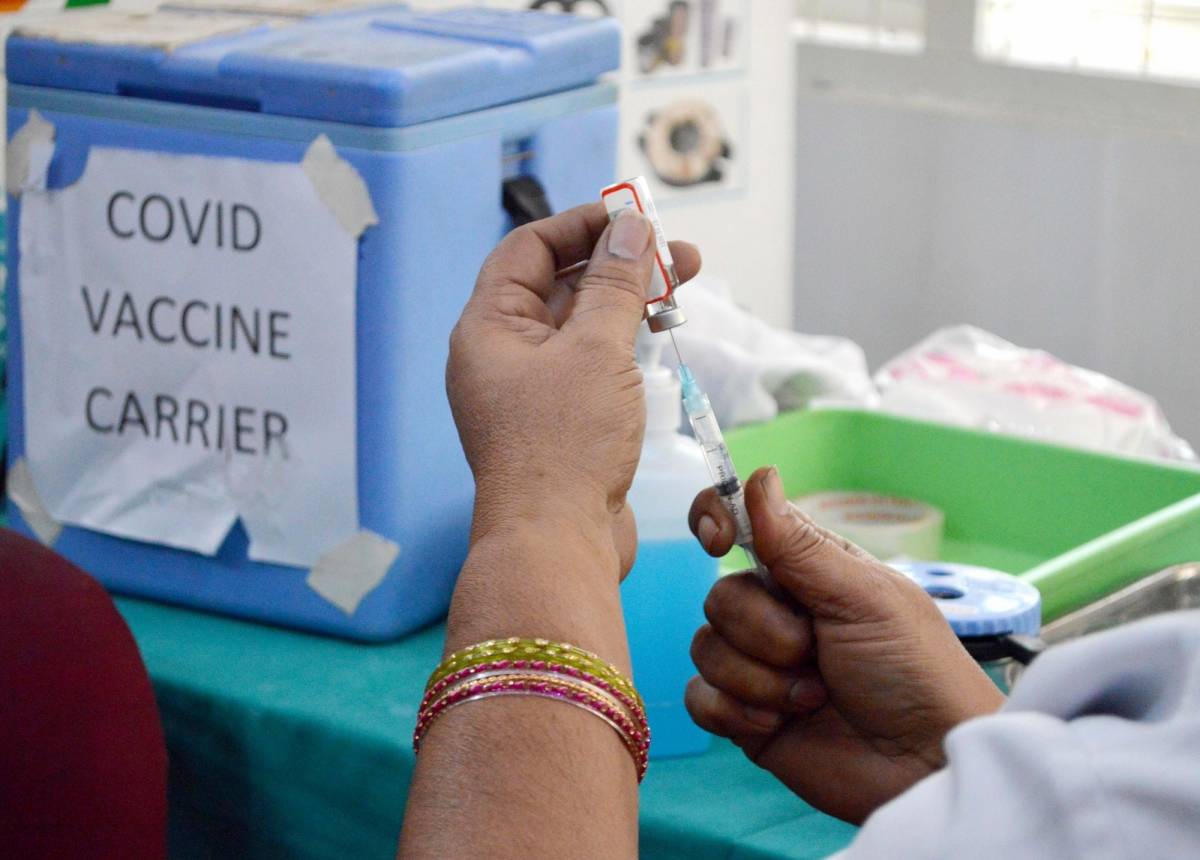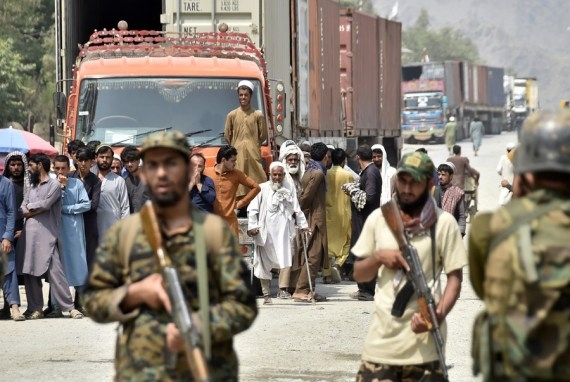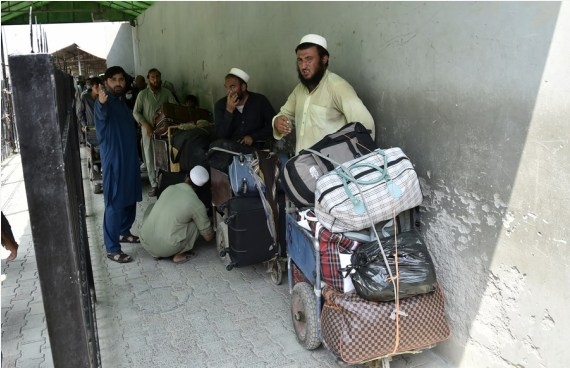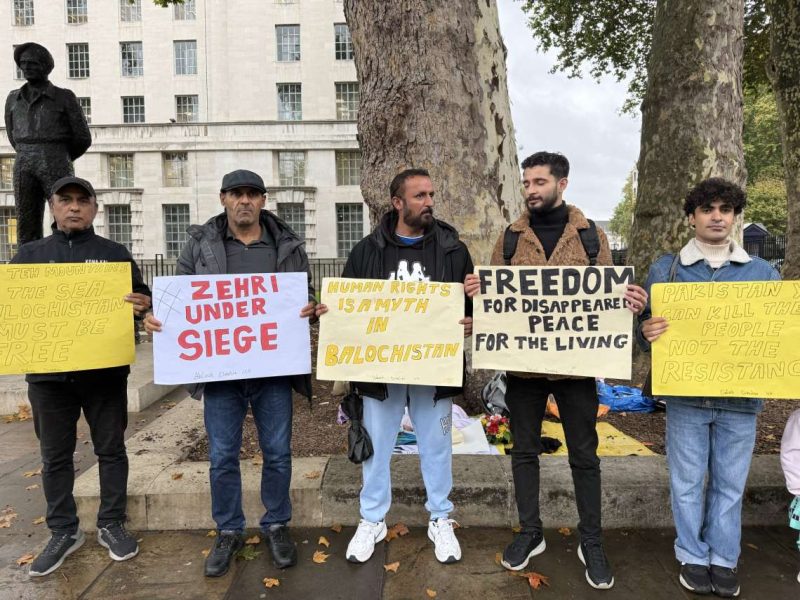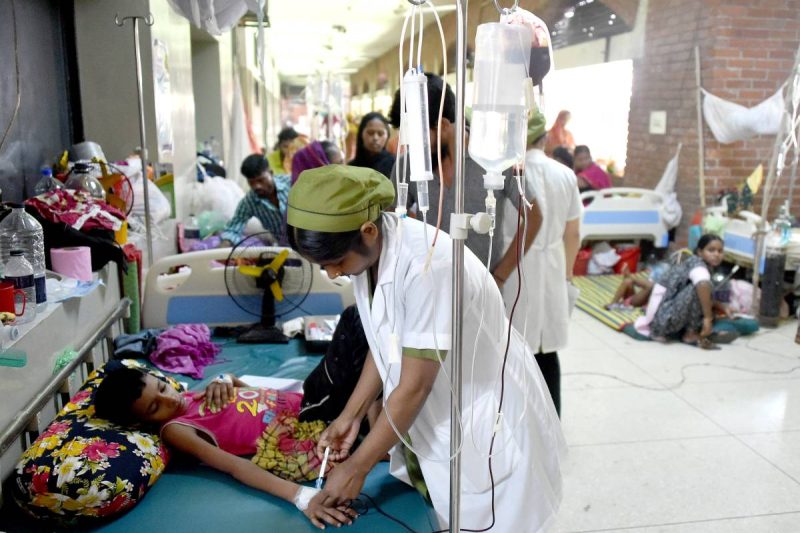Titled “Connecting to Thrive: Challenges and Opportunities of Transport Integration in Eastern South Asia,” the report analyses the Bangladesh-Bhutan-India-Nepal (BBIN) Motor Vehicles Agreement (MVA) and compares it with international best practices….reports Asian Lite News
With ample space of enhancing trade ties between India and Bangladesh, the two neighbours should move towards seamless transport connectivity including setting up of an efficient regional transit regime and harmonising driver’s licensing and visa regimes, says a World Bank report.
Titled “Connecting to Thrive: Challenges and Opportunities of Transport Integration in Eastern South Asia,” the report analyses the Bangladesh-Bhutan-India-Nepal (BBIN) Motor Vehicles Agreement (MVA) and compares it with international best practices.
The report also discusses regional policy actions the countries can take to strengthen the MVA and proposes priorities for infrastructure investments that will help the countries maximise its benefits.
As per the report, bilateral trade between India and its eastern neighbour accounts for only about 10 per cent of Bangladesh’s trade and a mere 1 per cent of India’s trade.
“Geographically, Bangladesh’s location makes it a strategic gateway to India, Nepal, Bhutan, and other East Asian countries. Bangladesh can also become an economic powerhouse by improving regional trade, transit and logistics networks,” said Mercy Tembon, World Bank Country Director for Bangladesh and Bhutan.
Tembon noted that while trade between India and Bangladesh has increased substantially over the last decade, it is estimated to be $10 billion below its current potential.
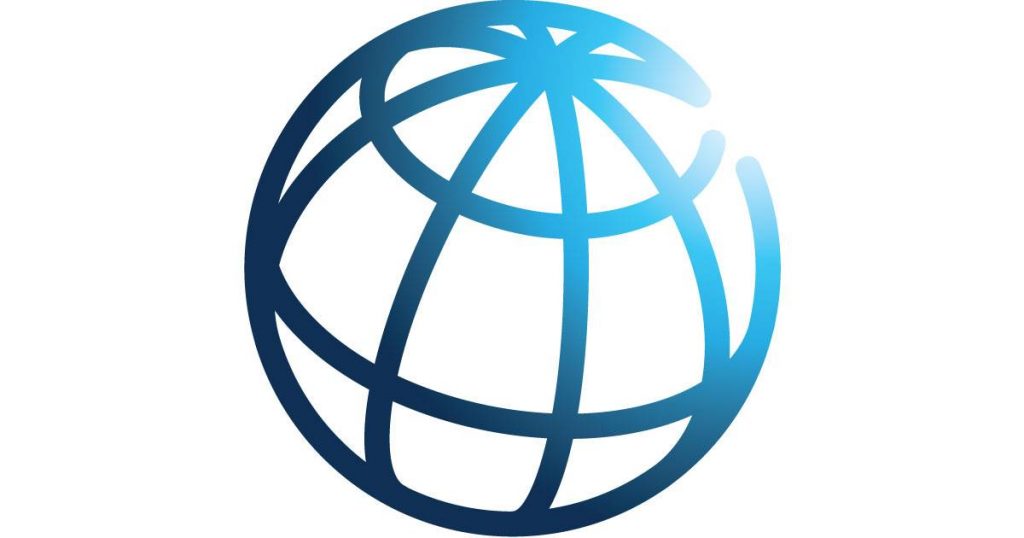
The report noted that weak transport integration makes the border between Bangladesh and India thick. Crossing the India-Bangladesh border at Petrapole-Benapole, the most important border post between the two countries, takes several days.
In contrast, the time to cross borders handling similar volumes of traffic in other regions of the world, including East Africa, is less than six hours, it said.
“The eastern sub-region is poised to become an economic growth pole for South Asia. An important component of this development potential is for countries to invest in connectivity – rail, inland waterways, and roads,” said Junaid Ahmad, World Bank Country Director in India.
Also read:Illicit funds flow from B’desh to Kashmir
“This is especially true as the region begins its economic recovery from the COVID-19 pandemic. Ultimately, connectivity offers the promise of long term sustainable and inclusive growth,” he said.
At present, Indian trucks are not allowed to transit through Bangladesh. As a result, the northeast of India is particularly isolated with the rest of the country and connected only through the 27-km-wide Siliguri corridor, also called the “chicken’s neck”.
This leads to long and costly routes. Goods from Agartala, travel 1,600 kilometres through the Siliguri corridor to reach Kolkata Port instead of 450 kilometres through Bangladesh. If the border were open to Indian trucks, goods from Agartala would have to travel just 200 kilometres to the Chattogram Port in Bangladesh, and the transport costs to the port would be 80 percent lower, the report estimates, the World Bank report said.
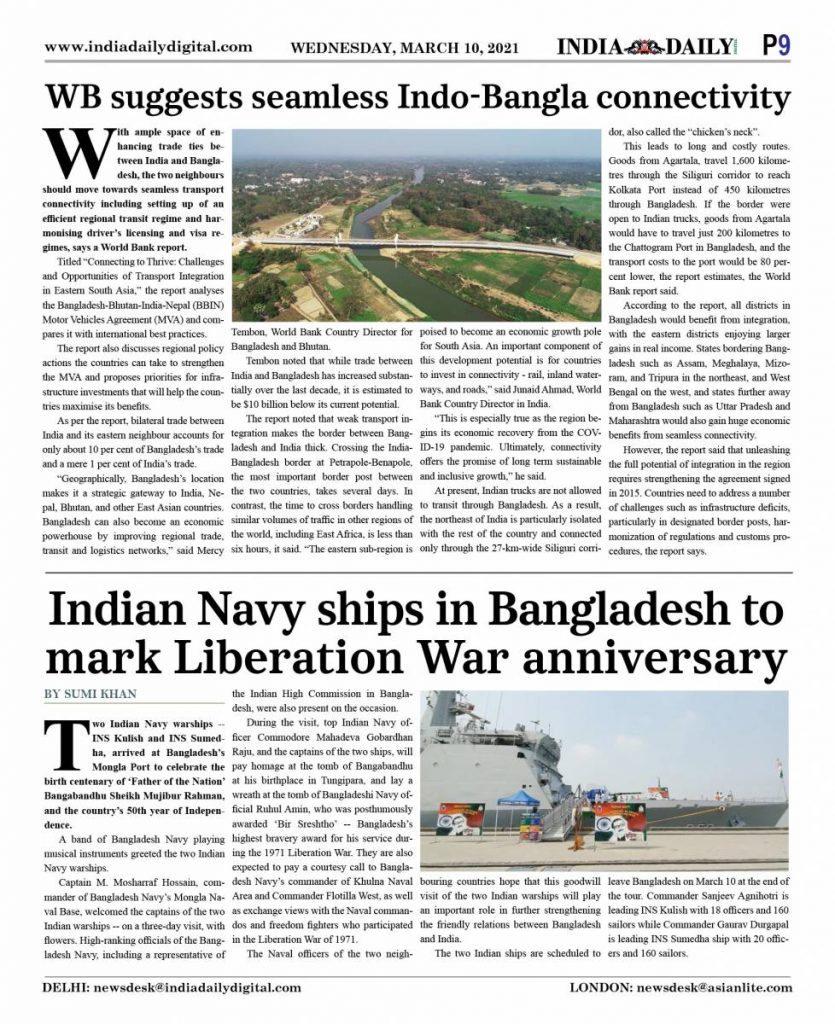
According to the report, all districts in Bangladesh would benefit from integration, with the eastern districts enjoying larger gains in real income. States bordering Bangladesh such as Assam, Meghalaya, Mizoram, and Tripura in the northeast, and West Bengal on the west, and states further away from Bangladesh such as Uttar Pradesh and Maharashtra would also gain huge economic benefits from seamless connectivity.
However, the report said that unleashing the full potential of integration in the region requires strengthening the agreement signed in 2015. Countries need to address a number of challenges such as infrastructure deficits, particularly in designated border posts, harmonization of regulations and customs procedures, the report says.
It recommends rationalising and digitising trade and transport documents and liberalising the selection of trade routes.
For improving regional connectivity, it suggests standardisation of infrastructure design and expansion of the effective capacity of core transport and logistics infrastructure along regional corridors.
Also read:Freedom@50: Indian Navy in B’desh


